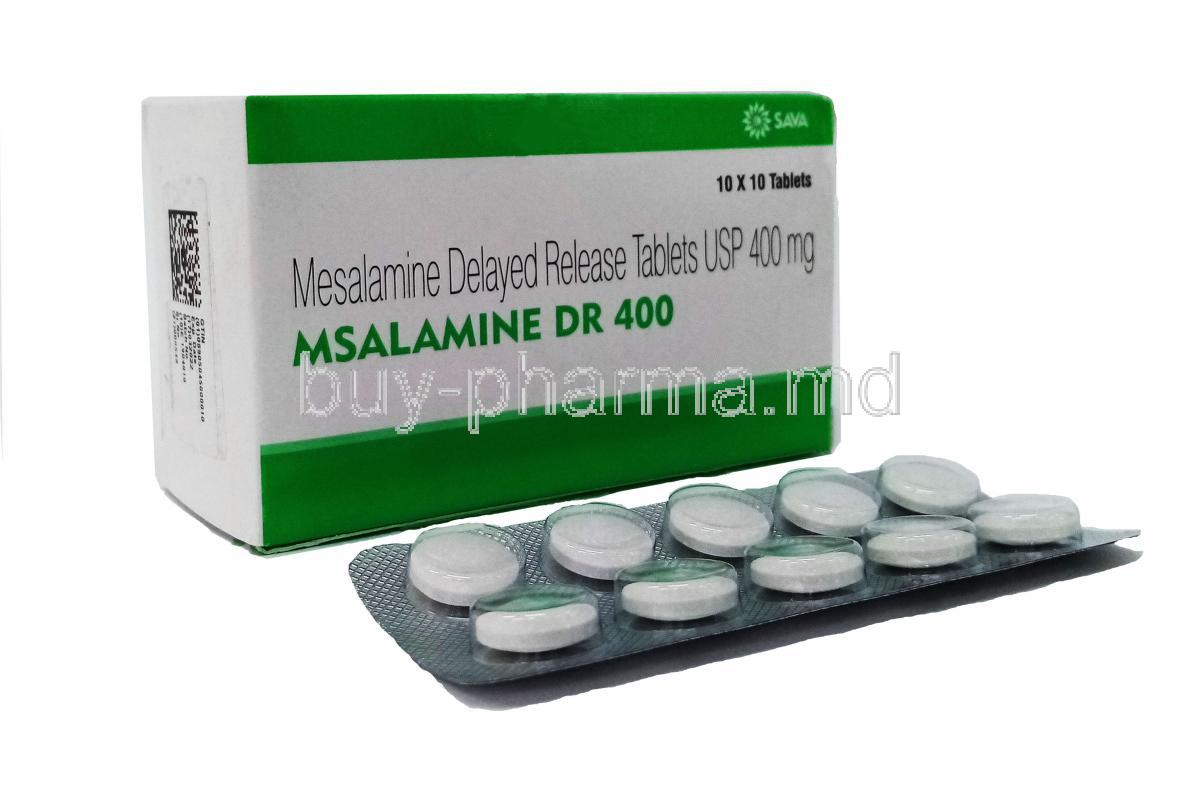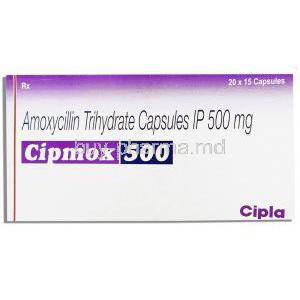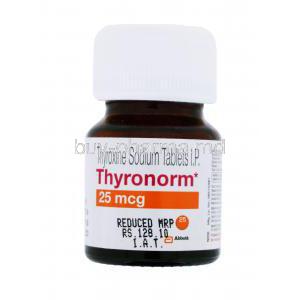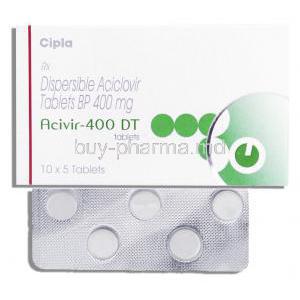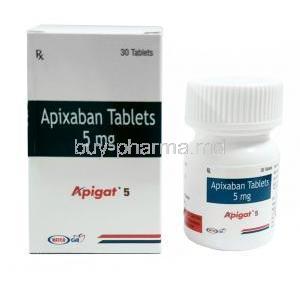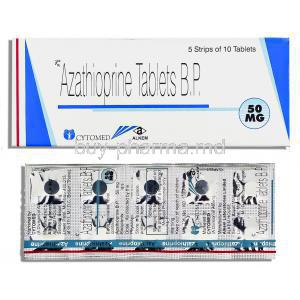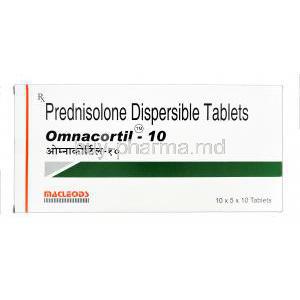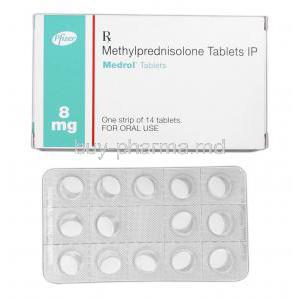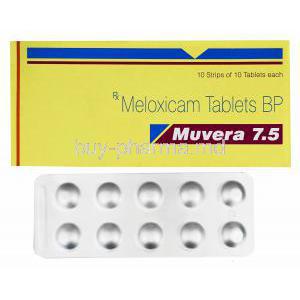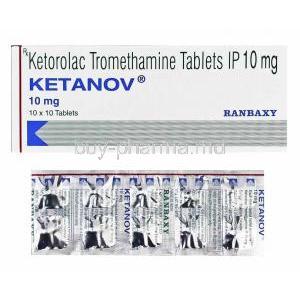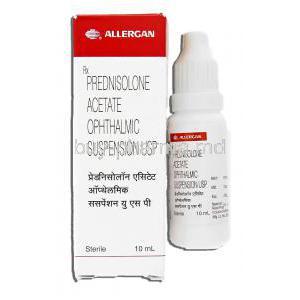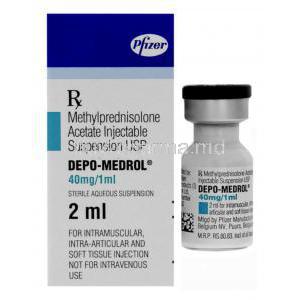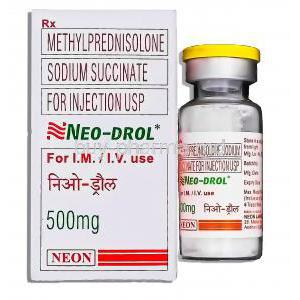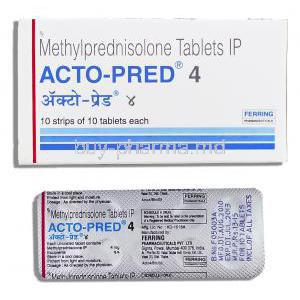Mesalamine
- I. Introduction
- II. Composition
- III. Uses
- IV. Off-Label Use
- V. How It Works
- VI. Dosage and Administration
- VII. Common Side Effects
- VIII. Storage
- IX. Interaction
- X. Warning
- XI. Contraindication
- XI. Careful Administration
- XII. Important Precautions
- XIII. Administration to Elderly
- XIV. Administration to Pregnant Women and Nursing Mothers
- XV. Administration to Children
- XVI. Overdosage
- XVII. Handling Precautions
I. Introduction
Mesalamine, a component in treating inflammatory bowel diseases (IBD), is specifically formulated to ease symptoms and promote remission in conditions like ulcerative colitis and Crohn's disease.
Targeting the colon for delivery brings about benefits. Its development can be traced back to being a derivative of acid, with ongoing scientific efforts to enhance its effectiveness and minimize side effects.
This progress has significantly advanced the treatment approaches for IBD. The importance of Mesalamine in IBD treatment lies in its ability to reduce inflammation selectively in the system, providing patients with hope for long-term remission and a better quality of life.
II. Composition
Mesalamine, also referred to as five aminosalicylic acid, has a chemical makeup that allows it to target the lining of the colon directly. This quality makes it a preferred choice for addressing rectal types of IBD. Mesalamine comes in forms to meet different medical requirements: pills for swallowing, suppositories for rectal use, and enemas for direct delivery to the colon.
- Chemical Formula: C7H7NO3
- Molar Mass: 153.137 g/mol
- Melting Point: 283°C (541°F)
- Mechanism of Action: Mesalamine is an aminosalicylate and anti-inflammatory drug.

III. Uses
Mesalamine, also known as 5-aminosalicylic acid, is a medication commonly prescribed for the treatment of ulcerative colitis and Crohn’s disease. Let’s delve into the details:
-
Ulcerative Colitis:
- Mesalamine is used for remission induction in active, mild to moderate ulcerative colitis.
- For remission maintenance
IV. Off-Label Use
- Mesalamine has been studied for its potential benefits in treating inflammatory conditions such as Rheumatoid Arthritis and Psoriasis. However, further research is needed to confirm its effectiveness in these applications1.
V. How It Works
How Mesalamine Works: Mesalamine is effective because it can stop the creation of substances in the colon lining, which helps reduce inflammation directly. Reducing Inflammation; Mesalamine lowers inflammation by decreasing the production of prostaglandins and leukotrienes providing relief from symptoms.
Impact on the Digestive System: Its targeted effect in the intestine ensures effectiveness, with overall side effects showing its effectiveness in treating colon inflammation.
VI. Dosage and Administration
Dosage Recommendations for Conditions: Mesalamine dosages are adjusted based on the severity and specific location of the illness, with precise modifications made to enhance treatment effectiveness while minimizing side effects.
Methods of Administration: The selection of whether to take the medication rectally or via enema is determined by the extent and site of the disease, ensuring efficient delivery to the inflamed tissue.
Timing and Frequency of Dosing: Dosing schedules are carefully planned to maintain drug levels for effective treatment, requiring adherence to prescribed routines for best results.
VII. Common Side Effects
Although Mesalamine is usually well received, it can lead to side effects such as gastrointestinal symptoms like nausea and abdominal discomfort, neurological effects such as headaches and dizziness, and skin reactions like rashes or itching.

VIII. Storage
To maintain its effectiveness, the best way to store Mesalamine is at room temperature, away from moisture and direct sunlight. Patients need to pay attention to expiration dates to make sure the medication works properly.
Properly disposing of medication is crucial to avoid environmental pollution and accidental consumption.
Patients should seek advice from pharmacists. Follow local waste disposal guidelines for proper disposal methods.
IX. Interaction
When Mesalamine is taken with medications, its effectiveness and safety might be affected. It's essential to be cautious when combining it with agents, anticoagulants, and other NSAIDs, as this can increase the risk of kidney problems and bleeding issues. As for interactions with food, Mesalamine usually doesn't have effects on most foods, but patients should stick to consistent eating habits to ensure the drug is absorbed properly.
Drinking alcohol should be done carefully because it could worsen side effects. Additionally, Mesalamine might impact the results of lab tests, like urinary normetanephrine and certain liver function tests, so it is essential to inform healthcare providers about Mesalamine therapy before undergoing testing.
X. Warning
Patients who are allergic to Mesalamine, its byproducts, or salicylates should refrain from using it to avoid allergic reactions like anaphylaxis, Stevens-Johnson syndrome, or other serious conditions; for individuals with kidney or liver issues, close monitoring is necessary as Mesalamine is processed through these organs. Adjustments in treatment may be needed to prevent damage.
While uncommon, Mesalamine has been linked to heart conditions such as myocarditis and pericarditis. Patients experiencing cardiac symptoms should seek immediate evaluation and consider discontinuing Mesalamine treatment.
XI. Contraindication
Patients with sensitivity to Mesalamine or Salicylates should avoid them at all costs due to potential allergic reactions. It is crucial to assess a patient's medical history to prevent any adverse effects. Severe kidney or liver problems are concerns as they increase the risk of toxicity, making it important to consider other treatment choices.
XI. Careful Administration
Monitoring Recommendations: It's important to check the renal and liver function tests, as well as complete blood counts, to catch any potential negative effects early on and allow for timely intervention.
Adjustments for Different Groups: Patients with mild to kidney or liver issues, older patients, or those with other health conditions may need changes in dosage to get the best treatment results while reducing risks.
Recognizing Overdose Symptoms and Treatment: Signs of an overdose can include stomach issues, feeling dizzy, and having a fever. Treatment involves providing support and addressing symptoms, all while closely watching how vital organs are functioning.
XII. Important Precautions
- For patients, Older individuals may have a stronger reaction to Mesalamine, so adjustments in dosage and increased monitoring are necessary to prevent negative effects.
- Considerations for nursing women: Mesalamine should only be used during pregnancy and breastfeeding if the benefits outweigh the risks to the baby. Healthcare providers should give advice based on individual risk assessments.
- Use in children; Safety and effectiveness: The safety and effectiveness of Mesalamine in children have been proven for age groups and conditions. However, thorough evaluation and careful use are recommended to avoid risks.
XIII. Administration to Elderly
Dosing Changes and Observation: Older individuals might need reduced amounts of Mesalamine as their kidney function decreases with age. It's crucial to monitor for any negative effects to guarantee safe usage.
Evaluation of Risks and Rewards: A thorough examination of the pros and cons of Mesalamine treatment in the elderly should be carried out, emphasizing the goal of enhancing treatment effectiveness while reducing risks.
XIV. Administration to Pregnant Women and Nursing Mothers
The safety data indicates that Mesalamine usage during pregnancy does not appear to elevate the chances of major birth defects. However, it is advised to use it particularly in the initial trimester and while breastfeeding. Healthcare professionals should provide advice considering the advantages and risks, to both the mother and child in order to make informed treatment decisions.
XV. Administration to Children
Dosage recommendations for children should be calculated precisely considering their weight and the severity of the illness, making adjustments as needed to minimize the chances of reactions. It is crucial to monitor both effectiveness and safety when administering medication to children, paying special attention to any signs of allergies or organ issues.
XVI. Overdosage
Signs and Symptoms: An overdose of Mesalamine can lead to worsening of its side effects, requiring quick medical intervention to prevent severe consequences.
Immediate Steps and Treatment Choices: Managing an overdose typically involves providing care to ensure proper hydration and electrolyte levels, along with monitoring and addressing symptoms promptly.
XVII. Handling Precautions
Healthcare providers must follow the approved procedures for managing, giving, and disposing of Mesalamine to protect patients and avoid exposure. Educating patients on how to store, handle, and administer Mesalamine is essential to enhance treatment effectiveness and reduce the chances of negative outcomes.


